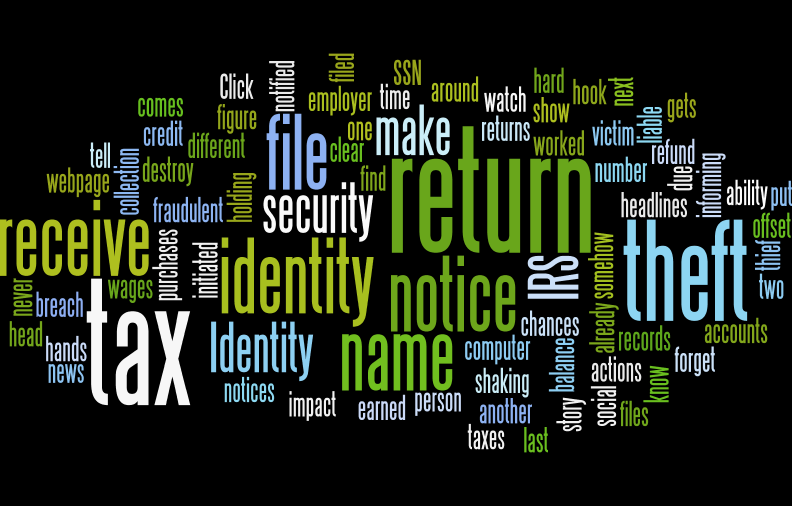It’s bad enough that a trip to the mailbox ends with a handful of junk mail and bills. It’s even worse when there’s a letter from the IRS. After all, not much good can come from that, right?
In some cases, however, a letter from the IRS isn’t all that bad. Take the CP2000 letter for example; unlike an audit or collection notice, the CP2000 in most cases is informational in nature.
What’s In The CP2000
The IRS will issue the CP2000 when there is a discrepancy between information provided by you and the information provided by other sources, such as your employer. The most common triggers for a CP2000 notice are
- Discrepancies in your social security number
- Misspelled names
- Discrepancies in dependent status
- Missed tax credits
For example, if your social security number is different from what was stated on your employer’s W2, you’ll get a CP2000 notice.
When They’re Sent
If you filed your taxes electronically, chances are you’ll get your CP2000 notice within weeks. If you filed by snail mail, it could take several months for the IRS to process and verify all the information provided by you and other sources.
What To Do
Chances are, you won’t need to do anything on your part. If the IRS does require additional information, they’ll inform you of what they need in the body of the letter, along with an address or phone number for contacting them with any questions. In other instances, the letter is for informational purposes only.
Impact On Your Tax Liability
If the updated information includes another dependent or a missed tax credit for example, your tax liability could end up being lower than you originally thought. However, if you originally forgot to disclose additional income or if you took a deduction that ended up as disallowed by the IRS, your tax liability could be higher.
If that’s the case, you will be asked to sign and return a form acknowledging and agreeing with the new amount.
If you disagree with the IRS’s findings, you will have the opportunity to contact them via phone or mail, and to provide any supporting documentation.
As with any interaction with the IRS, the sooner you take care of it, the sooner you’ll be free of it. Don’t wait to respond if you disagree with the updated findings.
The CP2000 is just a “heads up” form the IRS, alerting you to any incorrect or missing information on your tax returns. Once you get the letter, follow all instructions, provide any needed information, and make copies of all information you send to the IRS, along with a copy of the letter. You’ll have it on hand should you ever need it in the future.


